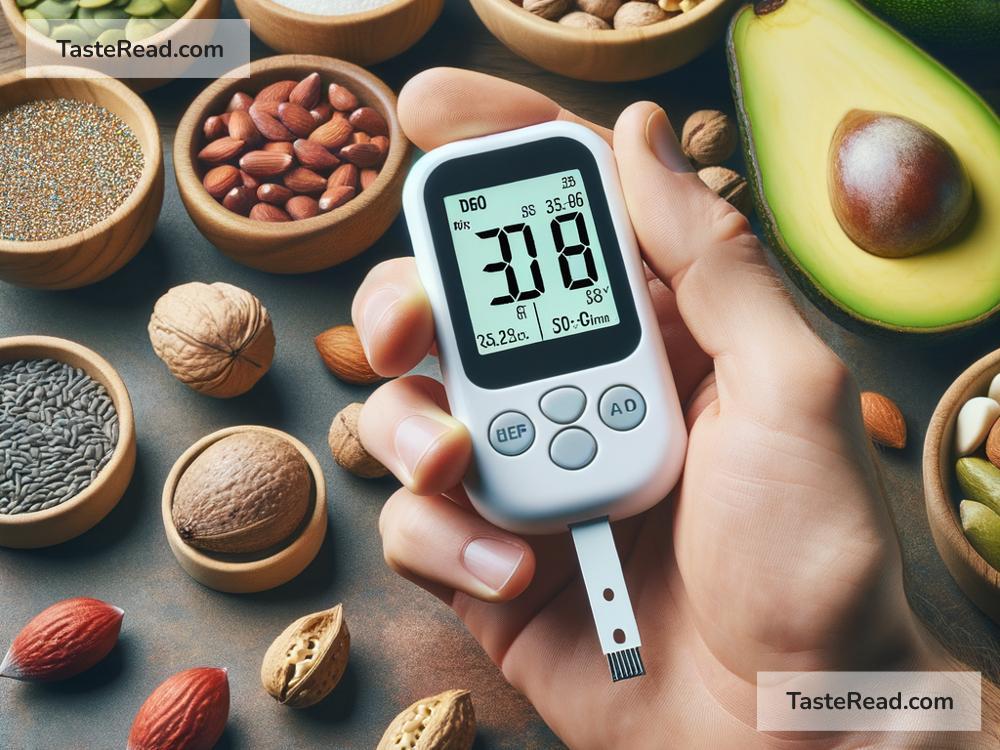How to Measure Ketosis: Simple Tools and Techniques
Are you trying the keto diet to lose weight, improve your energy, or manage your blood sugar levels? If so, you might be curious about how to tell if you’re actually in ketosis. Ketosis is a metabolic state where your body burns fat for fuel instead of carbohydrates. But how can you be sure your efforts are paying off? Fortunately, there are several tools and techniques to measure ketosis. Let’s break them down into simple terms.
Understanding Ketosis
Before we dive into the measuring part, it’s essential to grasp what ketosis really means. When you follow a ketogenic diet, you drastically reduce your carbohydrate intake and replace it with fat. This switch forces your body to go into ketosis, a state where it burns fat for energy. Your liver also turns fat into ketones, providing an energy source for your brain. Measuring the level of ketones in your body can help you understand if you’re in ketosis.
1. Urine Test Strips
Urine test strips are probably the most accessible and affordable way to check for ketones. You simply dip a strip into your urine, and the color change will indicate the presence of ketones. It’s easy and non-invasive, though not the most accurate method. The strips measure acetoacetate, one of the three primary ketones. Their effectiveness can vary depending on how hydrated you are or how long you’ve been in ketosis.
2. Breath Ketone Meters
Breath ketone meters measure acetone, another ketone body produced during ketosis. To use them, you breathe into the device, and it provides a reading that correlates with blood ketone levels. While more convenient and less wasteful than urine strips, these meters can be pricier and may require calibration for accurate readings. It’s a good middle-ground option for those who want to avoid the invasiveness of blood testing and the inconsistency of urine strips.
3. Blood Ketone Meters
For the most accurate measure of ketosis, a blood ketone meter is the gold standard. Similar to a glucose meter, it involves pricking your finger to get a blood sample. The meter then reads the levels of beta-hydroxybutyrate (BHB), the most abundant ketone in the blood, offering a precise snapshot of your ketosis state. While highly accurate, the downside is the cost of the strips and the discomfort of finger-pricking.
4. Observing Symptoms
Apart from these tools, you can also pay attention to your body. Certain symptoms can indicate you’re in ketosis, including increased energy, better focus, suppressed appetite, and weight loss. Additionally, some people notice a fruity breath odor or experience initial side effects known as the “keto flu,” which may include fatigue, headaches, and increased thirst. However, these signs are more subjective and less reliable than the other methods.
How Often Should You Test?
How often you should test for ketosis depends on your goals and preferences. When starting the keto diet, you might want to test frequently to understand how different foods and activities affect your ketone levels. But as you become more accustomed to the diet, you might test less often or only if you suspect you’ve been knocked out of ketosis.
Choosing The Right Method For You
The best method for measuring ketosis depends on your lifestyle, budget, and how precisely you want to monitor your ketone levels. If you’re just starting out or on a budget, urine strips might be the best option. If you’re looking for more accurate and consistent results without the hassle of blood testing, a breath meter could be your go-to. For those who need precise measurements, perhaps for medical reasons, a blood ketone meter is the most reliable choice.
Ultimately, measuring ketosis can help you fine-tune your keto diet and ensure you’re on the right track towards your health goals. Whether you choose to use tools or observe your body’s changes, understanding your ketosis state can be empowering and informative. Just remember to approach your keto journey with patience and to consult with a healthcare provider, especially if you have underlying health conditions. Happy keto-ing!


